
Frogner: Oslo's Elegant Oasis of Art and History
Discover Frogner in Oslo: A perfect blend of historical charm, artistic marvels, and serene urban beauty. Explore parks, museums, and gourmet delights in this elegant neighbourhood.
Frogner, nestled in the heart of Oslo, is a charming neighbourhood that effortlessly blends history, culture, and natural beauty. Known for its stately mansions and tree-lined streets, Frogner offers visitors a glimpse into Oslo's rich past and vibrant present. The neighbourhood is home to the famous Frogner Park, which houses the extraordinary Vigeland Sculpture Park. This open-air gallery features over 200 sculptures by Gustav Vigeland, making it a must-visit for art enthusiasts. Frogner's allure extends beyond its parks and art. Wander through its streets to discover elegant architecture, from historic homes to modern establishments. The neighbourhood is dotted with chic cafes, boutique shops, and gourmet restaurants, offering a delightful culinary experience. The Frogner Manor, a historic estate, adds a touch of grandeur and offers a peek into Norway's aristocratic history. For those seeking a cultural fix, the Oslo City Museum, located within Frogner Park, provides fascinating insights into the city's history. The neighbourhood's proximity to the city centre makes it an ideal base for exploring Oslo, while its serene atmosphere offers a peaceful retreat from the hustle and bustle. Whether you're an art lover, history buff, or simply looking to unwind, Frogner promises a memorable experience.
Local tips in Frogner
- Visit Frogner Park early in the morning to avoid crowds and enjoy the sculptures in peace.
- Take a leisurely walk through Bygdøy Allé to admire the grand architecture and chic boutiques.
- Stop by one of the local cafes for a traditional Norwegian pastry and coffee.
- Don't miss the Oslo City Museum for a deeper understanding of the city's history.
- Wear comfortable shoes as Frogner is best explored on foot.
Frogner: Oslo's Elegant Oasis of Art and History
Frogner, nestled in the heart of Oslo, is a charming neighbourhood that effortlessly blends history, culture, and natural beauty. Known for its stately mansions and tree-lined streets, Frogner offers visitors a glimpse into Oslo's rich past and vibrant present. The neighbourhood is home to the famous Frogner Park, which houses the extraordinary Vigeland Sculpture Park. This open-air gallery features over 200 sculptures by Gustav Vigeland, making it a must-visit for art enthusiasts. Frogner's allure extends beyond its parks and art. Wander through its streets to discover elegant architecture, from historic homes to modern establishments. The neighbourhood is dotted with chic cafes, boutique shops, and gourmet restaurants, offering a delightful culinary experience. The Frogner Manor, a historic estate, adds a touch of grandeur and offers a peek into Norway's aristocratic history. For those seeking a cultural fix, the Oslo City Museum, located within Frogner Park, provides fascinating insights into the city's history. The neighbourhood's proximity to the city centre makes it an ideal base for exploring Oslo, while its serene atmosphere offers a peaceful retreat from the hustle and bustle. Whether you're an art lover, history buff, or simply looking to unwind, Frogner promises a memorable experience.
Iconic landmarks you can’t miss
Frognerparken
Explore Frognerparken, Oslo's largest park, a breathtaking blend of art, nature, and serene landscapes. A must-visit for every traveler!
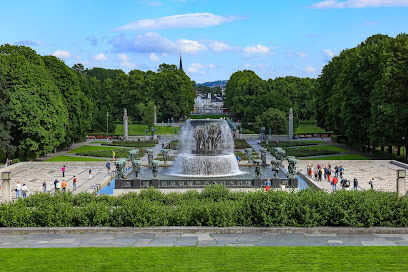
The Vigeland Park
Discover the enchanting Vigeland Park in Oslo, where over 200 sculptures by Gustav Vigeland create a stunning open-air museum experience.
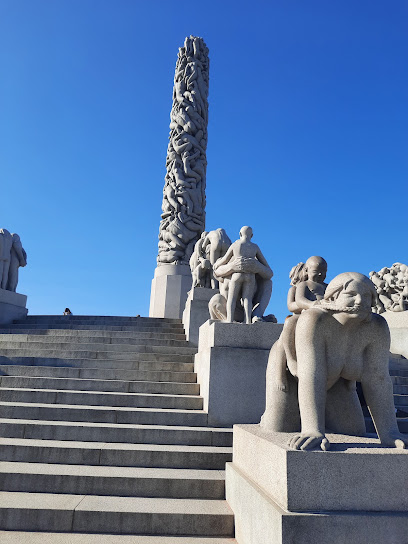
Oscarshall
Explore Oscarshall, a stunning neoclassical castle in Oslo, surrounded by beautiful gardens and rich cultural history, perfect for every traveler.
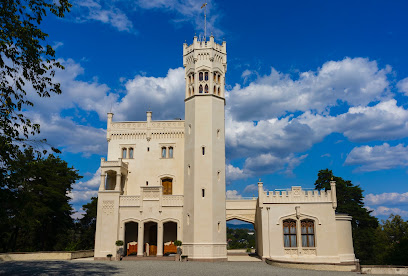
Frogner Manor
Explore Frogner Manor in Oslo, a stunning historic manor house set in beautiful Frogner Park, showcasing Norway's rich cultural heritage.
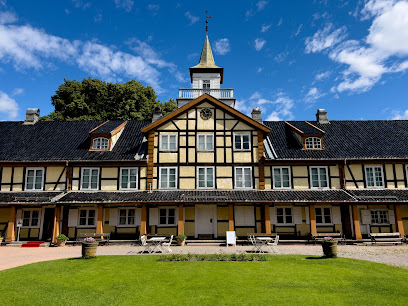
Paraplyen - Pavilion and wooden bridge modern rebuilt
Explore Paraplyen, Oslo's architectural gem, where modern design meets historical charm in a stunning natural setting.
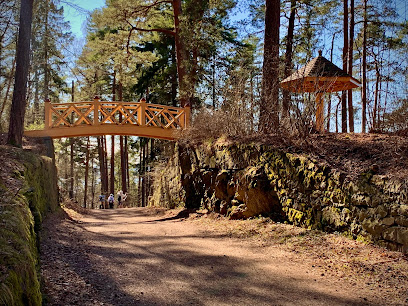
Frognerbekken river waterfalls
Experience the tranquility of Frognerbekken River Waterfalls in Oslo, a scenic spot where nature and beauty converge in perfect harmony.
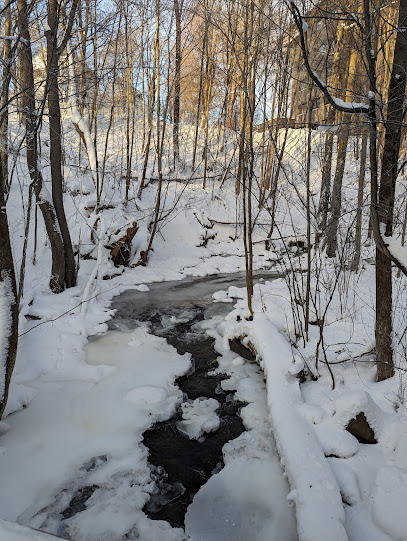
Winston Churchill Statue
Explore the Winston Churchill Statue in Oslo, a powerful tribute to leadership and resilience amidst beautiful surroundings in Frogner.
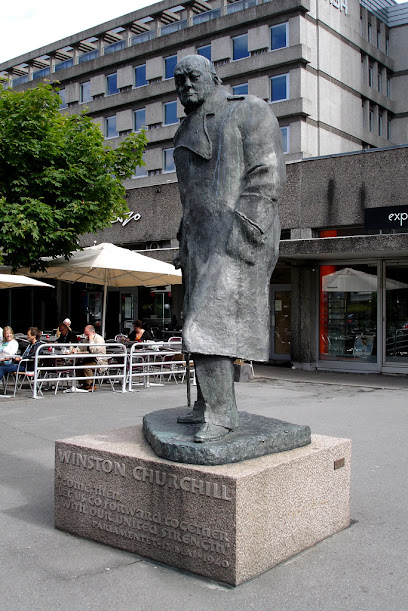
Beautiful sculpture
Explore Oslo's Historical Landmark: A Stunning Sculpture Representing Artistic Heritage in the Heart of the City.
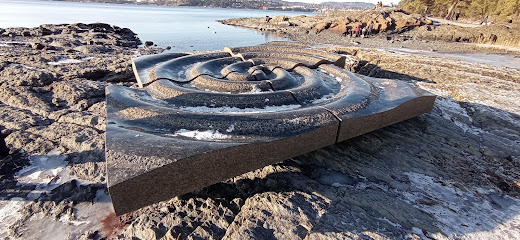
Niels Juels gate 32 (Oslo)
Explore the architectural beauty and historical significance of Niels Juels Gate 32 in Oslo's picturesque Frogner neighborhood.
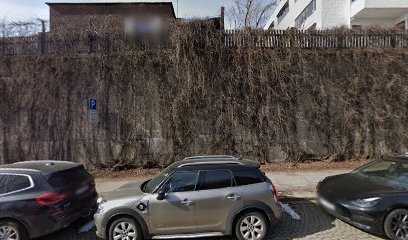
Oslo
Explore Oslo, Norway's vibrant capital filled with stunning architecture, rich history, and breathtaking natural landscapes, perfect for every traveler.
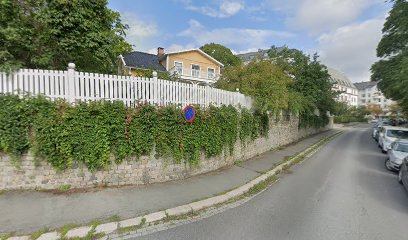
Unmissable attractions to see
Frognerparken
Discover the artistic beauty and lush landscapes of Frognerparken, Oslo's premier park, featuring stunning sculptures and serene gardens.
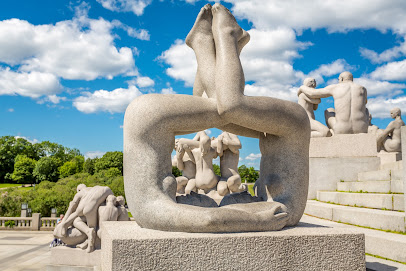
The Vigeland Park
Explore The Vigeland Park, Oslo's iconic outdoor sculpture park blending art and nature with over 200 unique works by Gustav Vigeland.

Akershus Fortress
Discover the rich history and stunning beauty of Akershus Fortress, a must-visit landmark in Oslo that showcases Norway's medieval heritage.
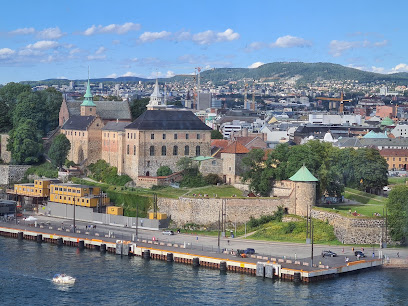
The Fram Museum
Discover the heroic tales of polar exploration at the Fram Museum, home of the legendary ship Fram in Oslo, Norway.

The Norwegian Museum of Cultural History
Discover Norway's past at the Norwegian Museum of Cultural History, where history comes alive through interactive exhibits and stunning architecture.
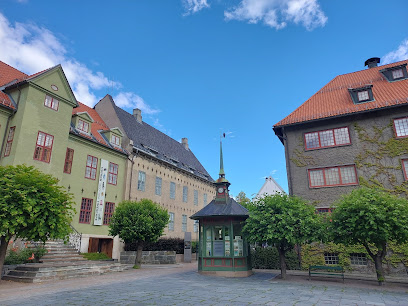
Kon-Tiki Museum
Discover the adventurous spirit of Thor Heyerdahl at the Kon-Tiki Museum, where history and exploration come to life in Oslo's stunning Bygdøy.
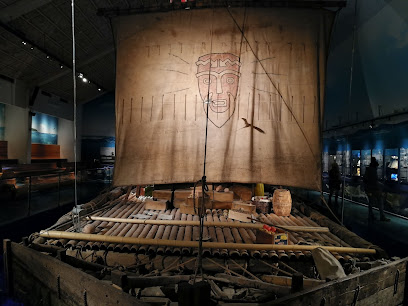
Museo Polar Ship
Discover the thrilling history of polar expeditions at the Fram Museum, home to the legendary ship Fram and captivating exhibits on Arctic and Antarctic exploration.
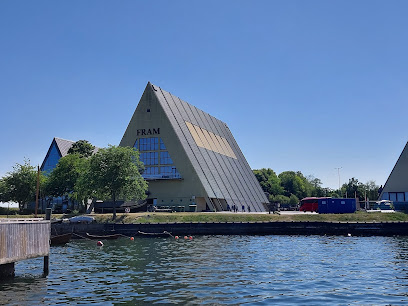
Sinnataggen
Explore the iconic Sinnataggen sculpture at Vigeland Park, a stunning blend of art and nature in Oslo's Frogner Park.
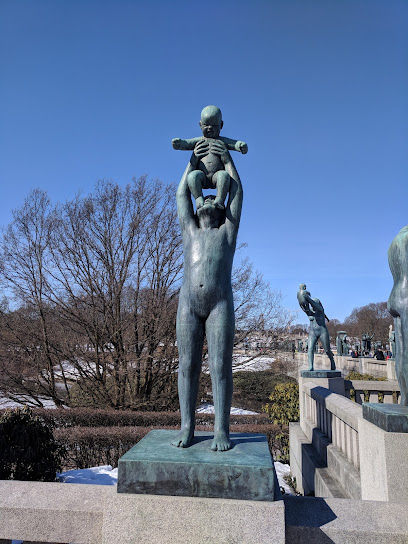
Viewpoint Pier Oslo
Experience breathtaking views and serene beauty at Viewpoint Pier in Oslo, the perfect blend of nature and urban charm.
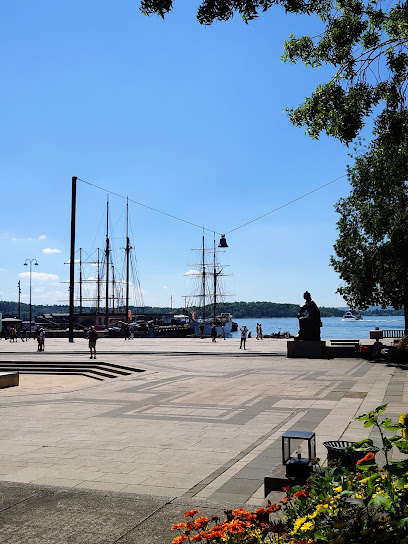
Paraplyen - Pavilion and wooden bridge modern rebuilt
Discover the harmonious blend of history and modern design at Paraplyen, Oslo's stunning pavilion and wooden bridge, a true architectural marvel.
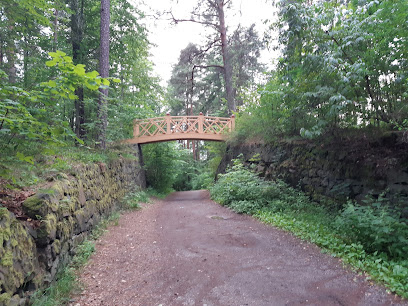
Essential places to dine
Hos Thea
Experience the exquisite blend of Norwegian flavors at Hos Thea, Oslo's premier destination for fine dining.
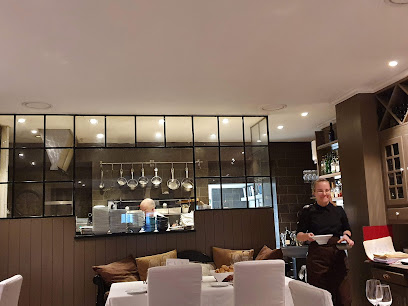
Vineria Ventidue
Experience authentic Italian flavors at Vineria Ventidue in Oslo - where every meal feels like a celebration.
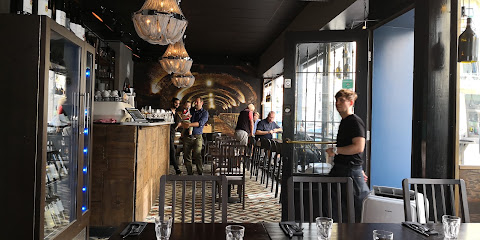
De La Casa Pasta & Wine Bar
Experience the best of Italian cuisine at De La Casa Pasta & Wine Bar in Oslo's Frogner district—where every meal is a celebration of flavor.
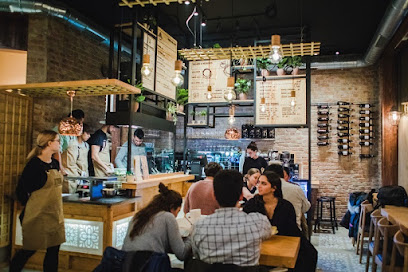
Palace Grill
Experience culinary artistry at Palace Grill, where exquisite flavors meet an elegant atmosphere in the heart of Oslo.
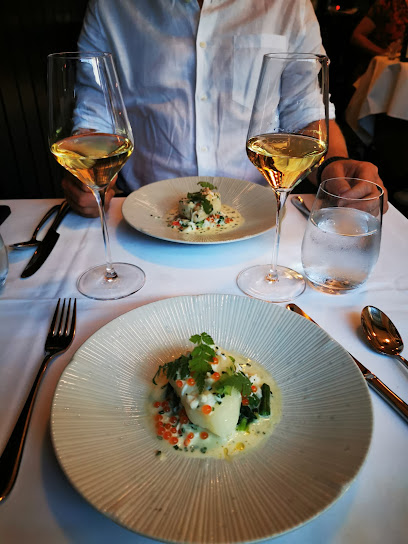
Kolonihagen Frogner
Discover the organic culinary delights at Kolonihagen Frogner, where fresh ingredients meet Norwegian tradition in a charming setting.
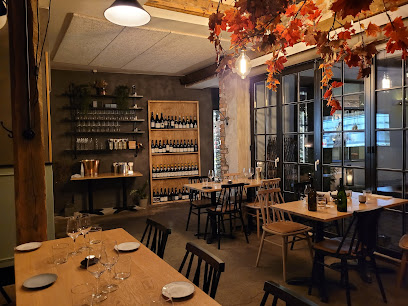
Plah Restaurant
Experience authentic Thai flavors at Plah Restaurant in Oslo—where tradition meets modern dining.
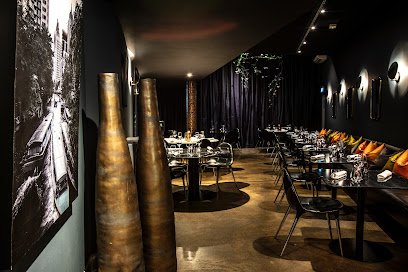
Spisestedet Feinschmecker
Discover culinary artistry at Spisestedet Feinschmecker in Oslo – where exquisite flavors meet refined dining experiences.
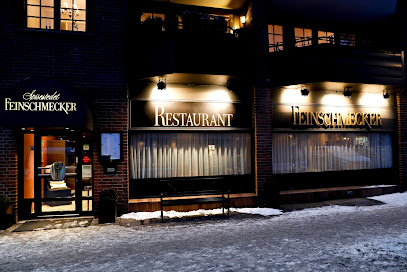
Enoteca
Experience authentic Italian cuisine at Enoteca in Oslo—where every meal is a journey through Italy's rich culinary heritage.
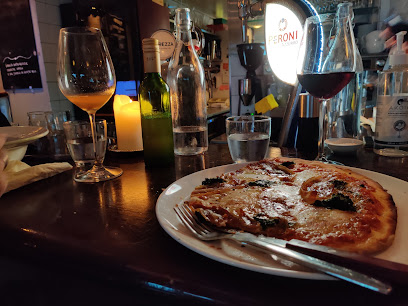
Bono - Traditional Italian Food
Discover authentic Italian flavors at Bono, where every dish tells a story of tradition and passion in Oslo's Frogner district.
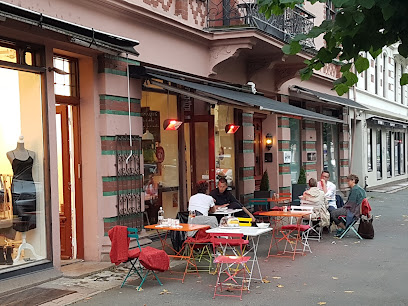
Piazza Italia
Experience authentic Italian flavors at Piazza Italia in Oslo's Frogner district – where every dish tells a story.
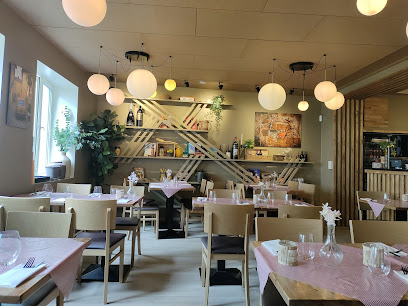
Markets, malls and hidden boutiques
Den Dama
Discover Den Dama, Oslo's premier women's clothing store, where fashion meets elegance and local design thrives.
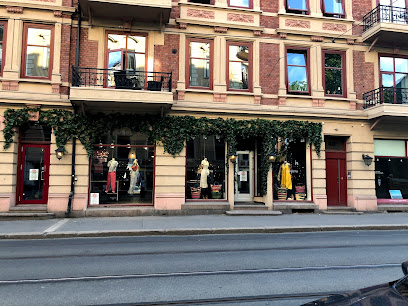
Pièces Uniques
Explore the artistry of Pièces Uniques, a premier jewelry designer in Oslo's Frogner district, where craftsmanship meets creativity.
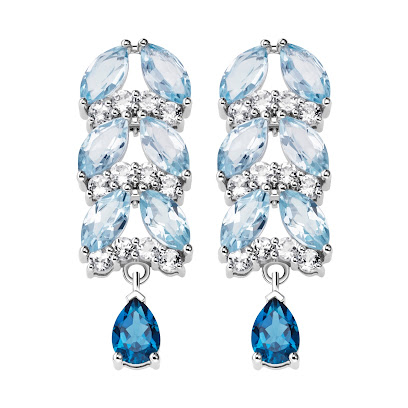
Stories by Kine
Explore unique fashion at Stories by Kine, a charming boutique in Oslo's Frogner district offering curated clothing and accessories.
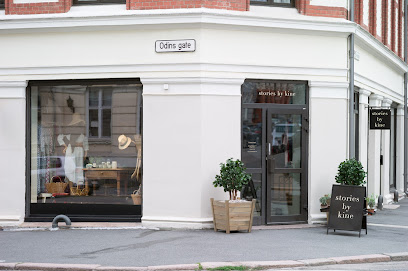
Briskeby Gods Frogner
Discover Briskeby Gods in Frogner, Oslo for an exquisite selection of clothing and home goods that reflect Scandinavian elegance and style.
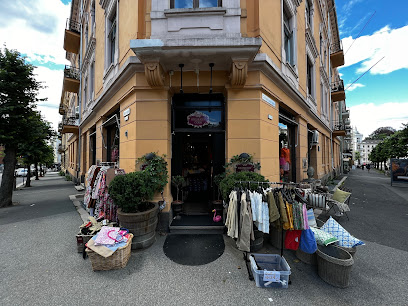
Fab-Art AS
Explore Fab-Art AS in Oslo for stylish women's clothing and chic footwear, where Scandinavian design meets contemporary fashion.

Soul
Discover stylish footwear at Soul, a charming shoe store in Oslo's Frogner neighborhood, perfect for fashion-conscious tourists and locals alike.
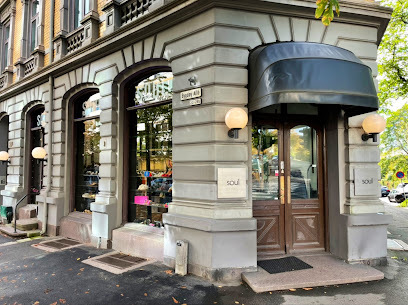
Solitude Vintage
Discover unique vintage treasures at Solitude Vintage, a charming thrift store in Oslo's Frogner district, where sustainability meets style.
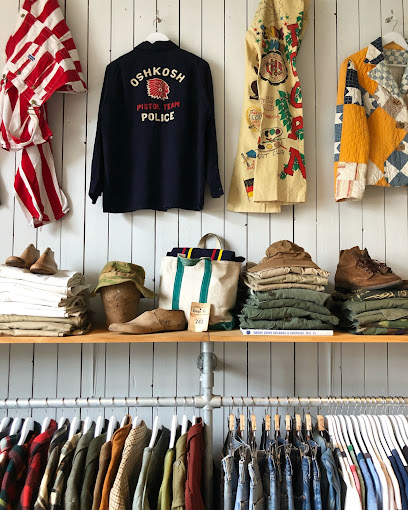
Nō5. Vintage
Explore the allure of vintage fashion at Nō5. Vintage, a must-visit clothing store in Oslo's Frogner district, offering unique pieces and a warm atmosphere.
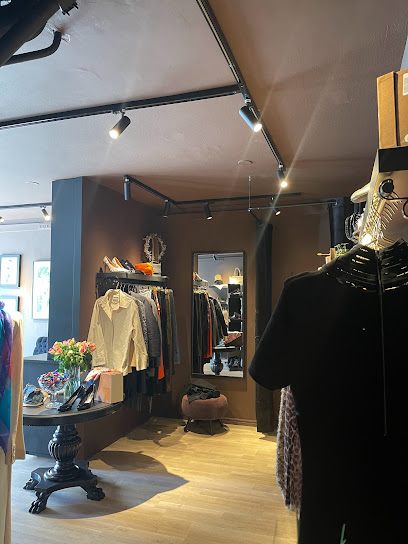
Don't waste a moment
Discover unique Scandinavian fashion at Don't Waste a Moment, a charming clothing store in Oslo's vibrant Frogner district.
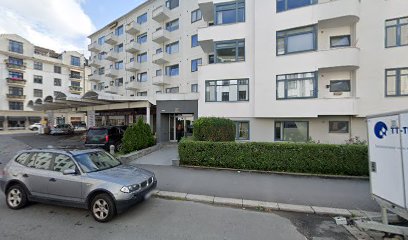
shopbop
Discover unique vintage fashion treasures at Shopbop, Oslo's charming used clothing store in the heart of Frogner.

Essential bars & hidden hideouts
Fru Burums
Discover the cozy ambiance of Fru Burums, a charming pub in Frogner, Oslo, perfect for locals and tourists alike seeking a taste of Norwegian culture.
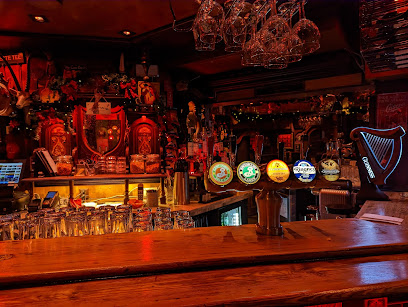
Forest & Brown
Explore Forest & Brown, a cozy bar in Oslo's Frogner district, offering a unique drink selection and a lively atmosphere perfect for tourists.

F6 Cocktailbar
Experience the elegance of F6 Cocktailbar in Oslo, where exquisite cocktails and a vibrant atmosphere create an unforgettable nightlife experience.
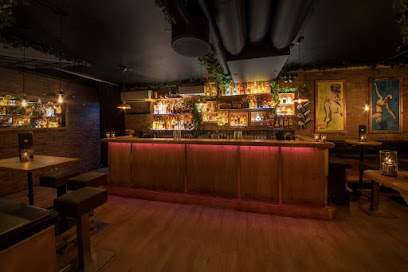
Andy's Pub Sports Bar
Join the excitement at Andy's Pub Sports Bar, Oslo's premier destination for sports, great food, and vibrant nightlife.
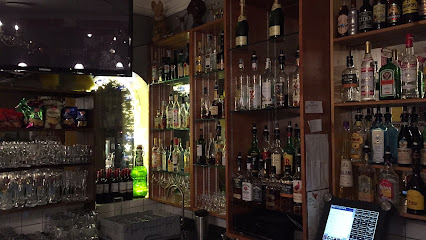
Hippo Social
Discover the vibrant nightlife of Oslo at Hippo Social, a favorite bar renowned for its lively atmosphere and friendly service.
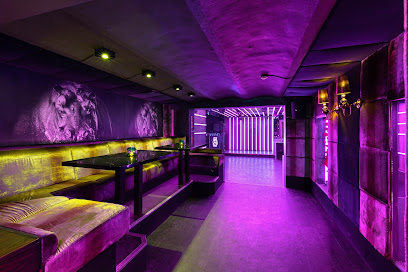
Victor's Vinbar
Explore an extensive selection of wines in a cozy atmosphere at Victor's Vinbar, Oslo's premier wine bar in the heart of Majorstuen.
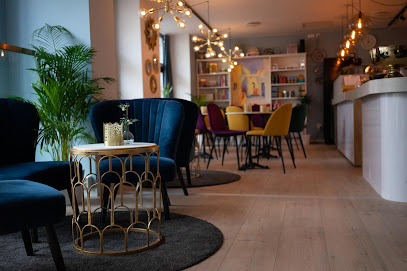
Brød og bar
Experience the vibrant nightlife of Oslo at Brød og Bar, where craft drinks and a cozy atmosphere await in the heart of Frogner.
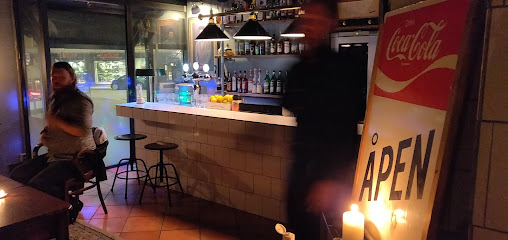
100
Experience the charm of Oslo at 100 Wine Bar, where exceptional wines and a cozy atmosphere await you in Frogner.
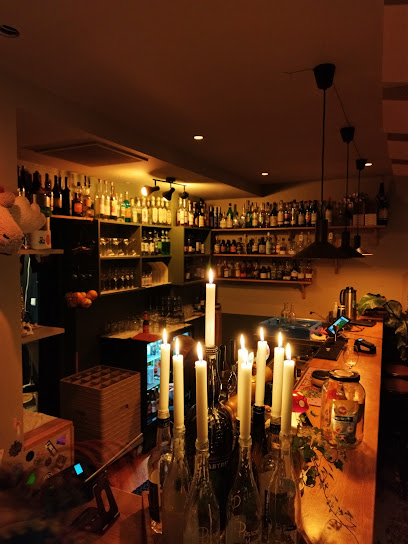
Libertine Vinbar
Discover the exquisite world of wines at Libertine Vinbar, a charming wine bar in Oslo's Frogner district, offering a diverse selection and cozy ambiance.
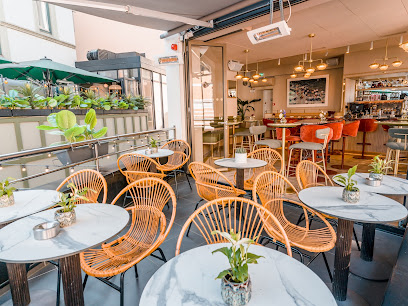
Gabels vinbar
Discover the charm of Gabels Vinbar, Oslo's premier wine bar, where quality wines meet delicious local cuisine in a cozy atmosphere.

Local Phrases
-
- HelloHei
[hay] - GoodbyeHa det bra
[hah deh bra] - YesJa
[yah] - NoNei
[nay] - Please/You're welcomeVær så god
[ver soh goh] - Thank youTakk
[tahk] - Excuse me/SorryUnnskyld
[oon-skuld] - How are you?Hvordan har du det?
[vohr-dahn har doo deh] - Fine. And you?Bra. Og du?
[bra oh doo] - Do you speak English?Snakker du engelsk?
[snah-ker doo eng-elsk] - I don't understandJeg forstår ikke
[yay for-stor eek-keh]
- HelloHei
-
- I'd like to see the menu, pleaseJeg vil gjerne se menyen, takk
[yay vil yern-eh seh men-yen, tahk] - I don't eat meatJeg spiser ikke kjøtt
[yay spee-ser eek-keh choot] - Cheers!Skål!
[skohl] - I would like to pay, pleaseJeg vil gjerne betale, takk
[yay vil yern-eh beh-tah-leh, tahk]
- I'd like to see the menu, pleaseJeg vil gjerne se menyen, takk
-
- Help!Hjelp!
[yelp] - Go away!Gå vekk!
[goh vek] - Call the Police!Ring politiet!
[ring poh-lee-tee-et] - Call a doctor!Ring en lege!
[ring en leh-geh] - I'm lostJeg har gått meg vill
[yay har goht may vill] - I'm illJeg er syk
[yay air sook]
- Help!Hjelp!
-
- I'd like to buy...Jeg vil kjøpe...
[yay vil shur-peh] - I'm just lookingJeg bare ser
[yay bah-reh sair] - How much is it?Hvor mye koster det?
[vohr myeh kost-er deh] - That's too expensiveDet er for dyrt
[deh er for deert] - Can you lower the price?Kan du senke prisen?
[kahn doo sen-keh prees-en]
- I'd like to buy...Jeg vil kjøpe...
-
- What time is it?Hva er klokka?
[vah air klok-ah] - It's one o'clockKlokka er ett
[klok-ah air et] - Half past (10)Halv ti
[hahlv tee] - MorningMorgen
[mohr-gen] - AfternoonEttermiddag
[et-ter-mee-dahg] - EveningKveld
[kvelld] - YesterdayI går
[ee gor] - TodayI dag
[ee dahg] - TomorrowI morgen
[ee mohr-gen] - 1En
[en] - 2To
[too] - 3Tre
[treh] - 4Fire
[feer-eh] - 5Fem
[fem] - 6Seks
[sehks] - 7Syv
[seev] - 8Åtte
[oht-teh] - 9Ni
[nee] - 10Ti
[tee]
- What time is it?Hva er klokka?
-
- Where's a/the...?Hvor er...
[vohr air] - What's the address?Hva er adressen?
[vah air ah-dres-sen] - Can you show me (on the map)?Kan du vise meg (på kartet)?
[kahn doo vee-seh may (poh kahr-teh)] - When's the next (bus)?Når går neste (buss)?
[nawr gor nes-teh (boos)] - A ticket (to ....)En billett (til ....)
[en bee-let (teel ....)]
- Where's a/the...?Hvor er...
History of Frogner
-
Frogner's history dates back to the medieval period, with the area originally being a rural outskirts of Oslo. The name 'Frogner' is believed to have derived from the Old Norse 'Frogn', meaning 'to thrive'. In the 17th century, the Frogner Manor became a prominent estate, owned by the wealthy merchant Peder Hille. The estate, which included vast agricultural lands, played a crucial role in the development of the area.
-
During the late 18th century, Frogner Manor gained significant prominence as a cultural and social hub. The manor was renovated and expanded, becoming a symbol of the burgeoning bourgeoisie in Oslo. The estate hosted various cultural events and gatherings, attracting Oslo's elite, and became a key part of the region's social fabric.
-
In the late 19th century, Oslo underwent rapid urbanization, and Frogner transformed from a rural area into a vibrant urban neighborhood. The Frogner Park, designed by architect Hans L. H. R. H. H. H. H. H. H. H. H. H. H. H. H. H. H. H. H. H. H. H. H. H. H. H. H. H. H. H. H. H. H. H. H. H. H., became a cornerstone of the neighborhood. Opened to the public in 1900, the park features the iconic sculpture park designed by Gustav Vigeland, which showcases over 200 sculptures and reflects themes of human life and relationships.
-
The early 20th century saw the establishment of many significant buildings and institutions in Frogner, including the Norwegian Museum of Cultural History, which opened in 1894, showcasing Norway's rich heritage. The architecture of Frogner, characterized by wooden houses and neoclassical buildings, represents the affluence and cultural aspirations of its residents during this period.
-
Today, Frogner is known as one of Oslo's most affluent neighborhoods, characterized by elegant architecture, upscale boutiques, and vibrant cafés. The area has become a melting pot of cultures, attracting a diverse population. Its proximity to the city center, combined with its peaceful parks and cultural offerings, makes Frogner a desirable place to live and visit, reflecting Oslo's evolution over centuries.
Frogner Essentials
-
Frogner is easily accessible from various parts of Oslo. The nearest metro station is Majorstuen, which connects to lines 1, 2, and 3. You can also reach Frogner via tram lines 12 and 19, which stop at several points throughout the neighborhood. Buses also serve the area, with routes connecting to Oslo Central Station and other neighborhoods. If you're coming from the Oslo Airport, the Flytoget Airport Express Train takes you to Oslo Central Station, followed by a short metro or tram ride to Frogner.
-
Frogner is best explored on foot, as it is a pedestrian-friendly neighborhood with many parks and attractions nearby. Public transport options include trams, buses, and the metro. The Ruter app is useful for checking schedules and planning your route. Bicycles can be rented from various bike-sharing services, providing an enjoyable way to navigate the area. Oslo is also known for its cycling paths, making it safe for cyclists.
-
Frogner is considered a safe neighborhood for tourists. However, like any urban area, it is advisable to remain vigilant, especially in crowded places. While there are no specific high-crime areas, it is wise to avoid poorly lit streets at night and to keep valuables secure. Petty theft, such as pickpocketing, can occur in busy tourist spots, so stay alert.
-
In case of an emergency, dial 112 for police, fire, or medical assistance. For non-urgent medical issues, visit a nearby hospital or clinic. The local pharmacy can provide over-the-counter medications for minor ailments. It's advisable to have travel insurance that covers medical emergencies.
-
Fashion: Do dress appropriately for the weather, as Oslo can be cold. Layering is recommended. Don't wear overly casual attire in upscale restaurants. Religion: Do respect local customs when visiting churches or religious sites. Don't take photos in places where it is prohibited. Public Transport: Do validate your ticket before boarding. Don't eat or drink on public transport. Greetings: Do greet locals with a smile and a 'Hei' (Hi). Don't be overly loud in public spaces. Eating & Drinking: Do try traditional Norwegian dishes and local seafood. Don't waste food, as it is considered disrespectful.
-
To experience Frogner like a local, visit the Frogner Park, which is home to the famous Vigeland Sculpture Park. Enjoy a coffee in one of the local cafés and try a cinnamon bun, a popular treat. Explore the unique architecture of the area, particularly the wooden houses in the Frogner neighborhood. Join local events or festivals, which are often advertised in community centers or online. Engaging with locals at markets or public squares can provide insights into daily life in Oslo.
Nearby Cities to Frogner
-
Things To Do in Fredrikstad
-
Things To Do in Karlstad
-
Things To Do in Skagen
-
Things To Do in Kristiansand
-
Things To Do in Gothenburg
-
Things To Do in Örebro
-
Things To Do in Frederikshavn
-
Things To Do in Stavanger
-
Things To Do in Bergen
-
Things To Do in Jönköping
-
Things To Do in Aalborg
-
Things To Do in Linköping
-
Things To Do in Västerås
-
Things To Do in Norrköping
-
Things To Do in Molde













